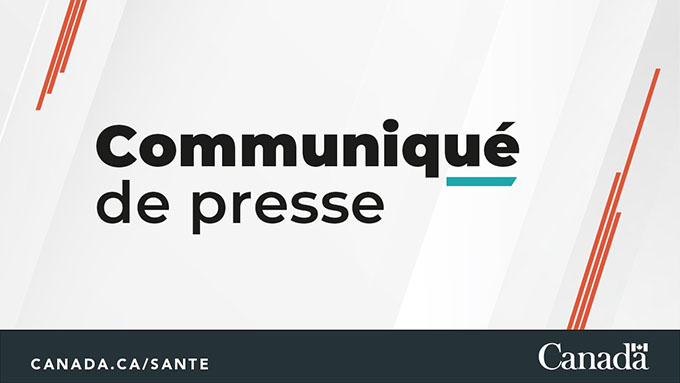WASHINGTON — The United States is happy to help Canada weather the scary start of wildfire season, but is keeping an eye on its own situation and worries about when its resources might be needed south of the border.
There are currently 345 American firefighters and support personnel on the ground in Canada, including 13 firefighting teams and a situation management team.
That number is expected to fluctuate daily as workers return to the United States and then leave to respond to requests for additional assistance, the U.S. National Interagency Fire Center said Friday.
“We are more than willing to provide Canada with as many resources as possible, as they have done for us in the past,” said Jeff Arnberger, chair of the National Interagency Coordination Group.
“We’ve been fortunate to have had a fairly quiet start to the fire season nationally on our side. But now that the traditionally busy summer months are approaching, we must also prepare for wildfires in the United States.
A total of 649 US personnel have relocated to Canada since early May to help responders there weather a fire season that has started much earlier than usual and is expected to set many records.
This number does not include coordinated resources at the state level, which also participate in efforts under smaller agreements with some provinces.
So far this year, more than 100 firefighters and relief workers have been deployed primarily to Alberta, Nova Scotia and Quebec, as well as four tankers from Alaska and Washington state.
Also, a 17-strong suppression team, with members from Connecticut, New York, Maine, and New Hampshire, was formed to help Nova Scotia. Another similar team is also in training and will be sent to Quebec.
Impact in the United States
Wildfires in Canada only caught Americans’ attention when the smoke they produced drifted south, triggering air quality alerts in several major cities across the United States.
On Thursday, the New York Post even ran the front page, “Blame Canada!” accompanied by a picture of the orange sky that blanketed the city on Wednesday.
But cooler temperatures and strong breezes helped mitigate air quality health risks on Friday as alerts gradually returned to more tolerable levels.
Canada’s Interagency Forest Fire Center is in constant contact with its American counterpart and will need further assistance in the near future, spokeswoman Jennifer Kamau said.
“We are in ongoing talks with our American partners and have a trial (mobilization) planned for next week,” Ms. Kamau said.
Conversely, it’s too early to tell what resources might be needed in the United States in the coming weeks, or if Canada will soon be called upon to return the favor to its neighbors to the south.
“These situations can change quickly,” noted Ms. Kamau. It is difficult to say what our fire situation will be if a need arises with one of our international partners.

Award-winning entrepreneur. Baconaholic. Food advocate. Wannabe beer maven. Twitter ninja.






